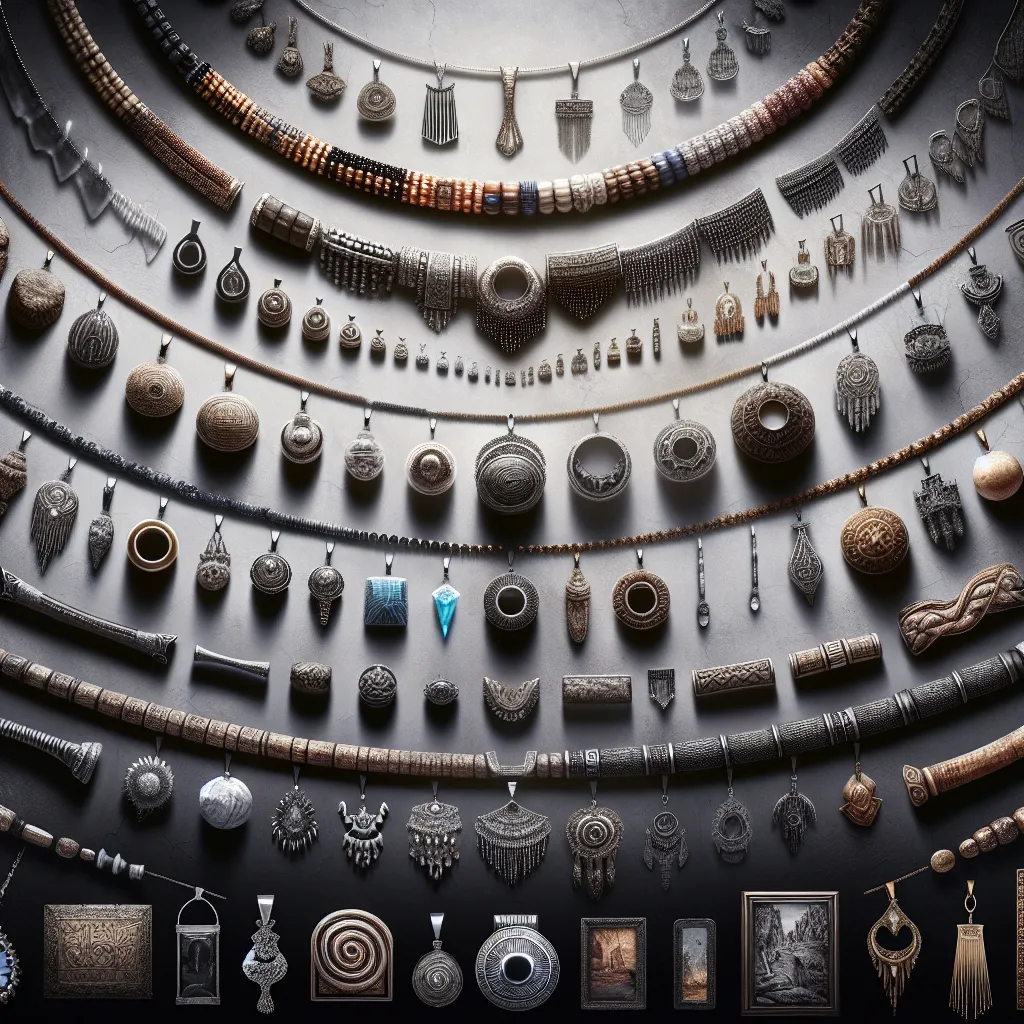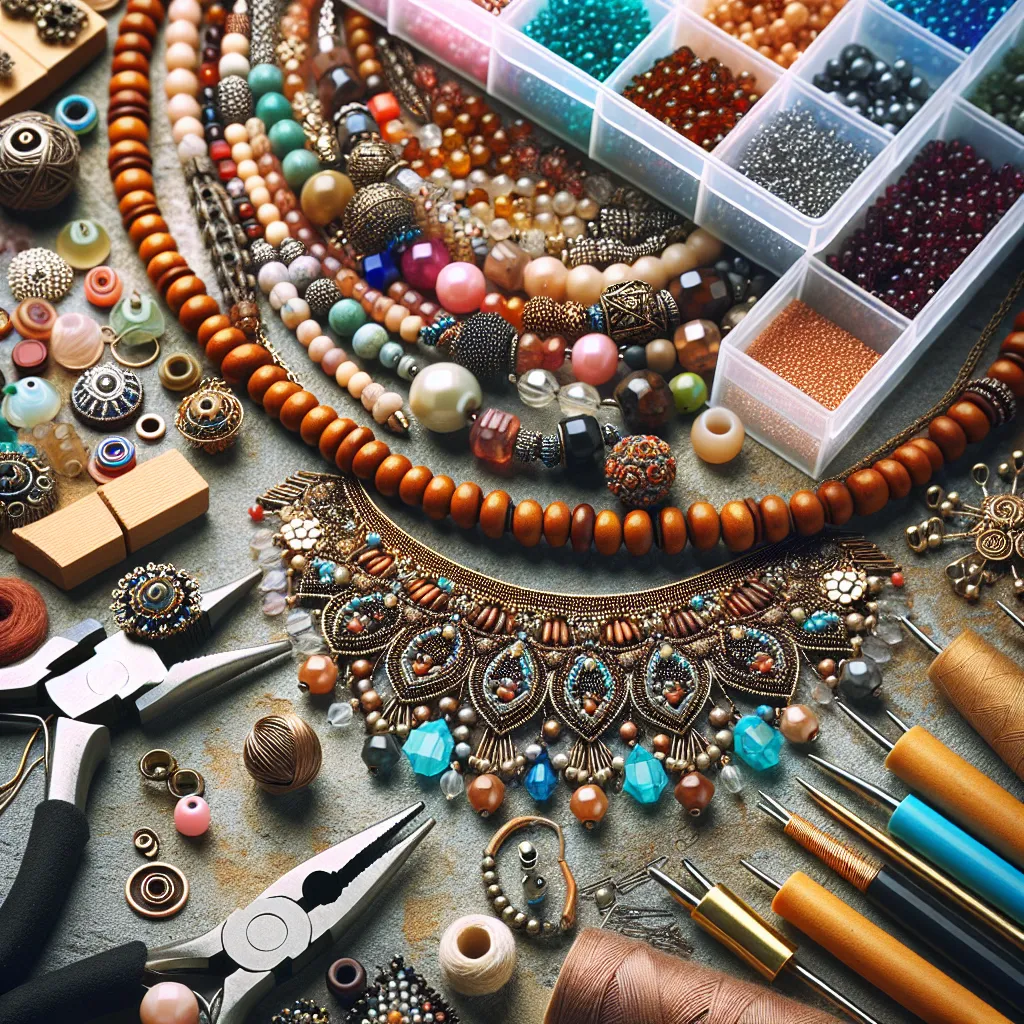The Evolution of Necklaces: Tracing Back to Ancient Civilizations
Necklaces have been an integral part of human adornment since ancient times, with their evolution tracing back to the early civilizations of Mesopotamia, Egypt, and India. In ancient Mesopotamia, necklaces were often made of lapis lazuli, a deep blue semi-precious stone, and were worn by both men and women as a symbol of wealth and status. The Egyptians, on the other hand, adorned themselves with intricate necklaces made of gold, precious stones, and amulets, believing that these jewelry items offered protection and prosperity.
Necklaces in ancient India held cultural and religious significance, with elaborate designs crafted from materials like beads, shells, and gemstones. They were worn as symbols of spirituality and were often associated with deities and religious rituals. As civilizations interacted through trade and conquest, the art of necklace-making spread across the globe, influencing and being influenced by different cultures.
Throughout history, necklaces have reflected the social, cultural, and economic realities of the times. From the opulent designs of the Renaissance era to the delicate, nature-inspired motifs of the Art Nouveau movement, necklaces have continuously evolved in style and symbolism. In the contemporary world, necklaces remain a prominent form of personal expression, with trends shifting from chunky statement pieces to minimalistic, layered designs reflecting the diversity of individual tastes and fashion preferences.
The evolution of necklaces parallels the evolution of human society, encapsulating the values, beliefs, and aesthetics of different eras. As we continue to cherish and adorn ourselves with these timeless pieces of jewelry, we pay homage to the rich and diverse history that has shaped the necklaces we wear today.
Symbolism and Meaning of Necklaces Throughout History
Throughout history, necklaces have held significant symbolism and meaning in various cultures around the world. In ancient times, necklaces were often worn as talismans for protection, representing power, status, and religious beliefs. The ancient Egyptians adorned themselves with amulets and pendants, many of which were believed to bring good fortune and ward off evil spirits. In other cultures, such as the Roman and Greek civilizations, necklaces were associated with wealth and social status, with intricate designs and precious gemstones reserved for the elite classes.
Fast forward to the Middle Ages, and necklaces took on religious symbolism, often featuring crosses or other religious symbols as a display of faith and devotion. During the Renaissance period, symbolism in necklaces expanded to include love and romance, with the popularization of heart-shaped pendants and sentimental tokens.
In modern times, the symbolism of necklaces has continued to evolve. From the iconic “love necklace” popularized in the 1970s to the more recent trend of personalized initial necklaces, individuals use necklaces to express their unique identities, celebrate meaningful relationships, and commemorate special milestones. Whether it’s a traditional symbol of faith, a contemporary expression of love, or a personal statement of style, the symbolism and meaning of necklaces remain an integral aspect of human adornment and communication.
Technological Advancements and Innovative Designs in Modern Necklaces
Necklaces have been an integral part of human adornment since ancient times, evolving from simple materials to symbols of status and beauty. The history of necklaces is a fascinating journey through different cultures and eras, showcasing the technological advancements and innovative designs that have shaped modern trends.
Technological advancements have played a crucial role in the evolution of necklace designs. The use of advanced tools and techniques has allowed modern jewelry artisans to create intricate and detailed pieces that were once impossible to achieve. From 3D printing to laser cutting, technology has revolutionized the way necklaces are crafted, allowing for greater precision and creativity.
Moreover, innovative designs have pushed the boundaries of traditional necklace styles, giving rise to unique and contemporary pieces. Designers are now incorporating unconventional materials such as recycled metals, acrylics, and even electronic components to create avant-garde necklaces that challenge conventional notions of jewelry. The fusion of traditional craftsmanship with innovative design concepts has led to a diverse range of modern necklaces that cater to varied tastes and preferences.
In conclusion, the history of necklaces has been a story of adaptation and innovation, with technological advancements and innovative designs shaping the modern trends. As we move forward, it is certain that the dynamic interplay between technology and design will continue to redefine the landscape of necklace craftsmanship, offering endless possibilities for future creations.
Cultural Influence and Global Trends in Necklace Fashion
Certainly, here’s a passage optimized for keywords related to “The History of Necklaces: From Ancient Times to Modern Trends” focusing on “Cultural Influence and Global Trends in Necklace Fashion”:
Throughout history, necklaces have been an essential element of cultural expression and a symbol of social status. From the ancient civilizations of Egypt and Mesopotamia to the modern fashion trends seen on global runways, the influence of necklaces has transcended time and geographical boundaries.
Ancient civilizations used necklaces not only as adornments but also as symbols of religious beliefs, status, and cultural identity. The Egyptian use of amulets and the Mesopotamian love for beads and gemstones exemplify the cultural significance of necklaces in early societies.
As world exploration and trade expanded, the designs and materials of necklaces evolved, incorporating influences from diverse cultures. The Renaissance period in Europe, for example, saw the incorporation of pearls and intricate metalwork into necklace designs, indicating the global exchange of aesthetics and craftsmanship.
In the modern era, global fashion trends continue to be influenced by a diverse range of cultural motifs and traditions. From the bohemian influences of the 1960s to the minimalist styles popularized in Asia, the evolution of necklace fashion reflects the interconnectedness of cultures on a global scale.
Today, designers often draw inspiration from a multitude of cultural sources, creating eclectic and inclusive necklace designs that celebrate the rich tapestry of global heritage. The influence of traditional craftsmanship and symbolism from cultures around the world continues to shape the ever-changing landscape of necklace fashion, making it a truly global and culturally diverse art form.
Feel free to let me know if you need further assistance with this topic!



